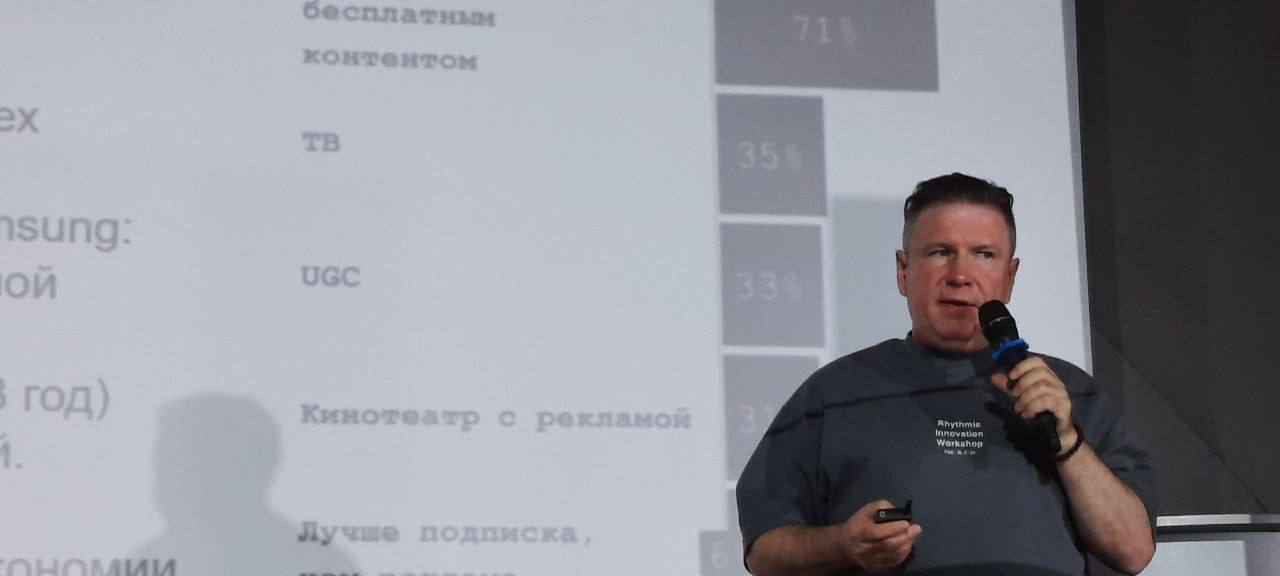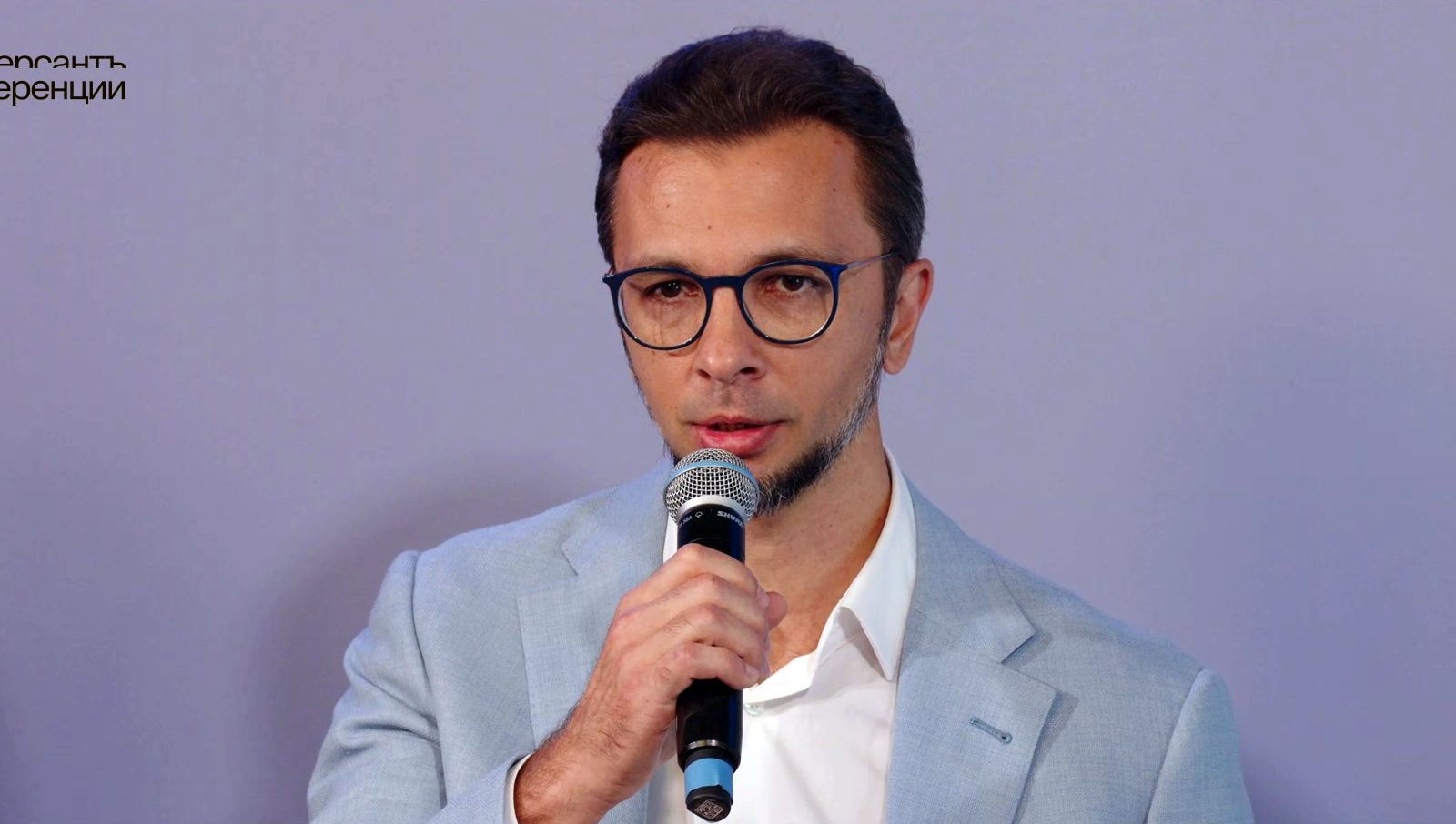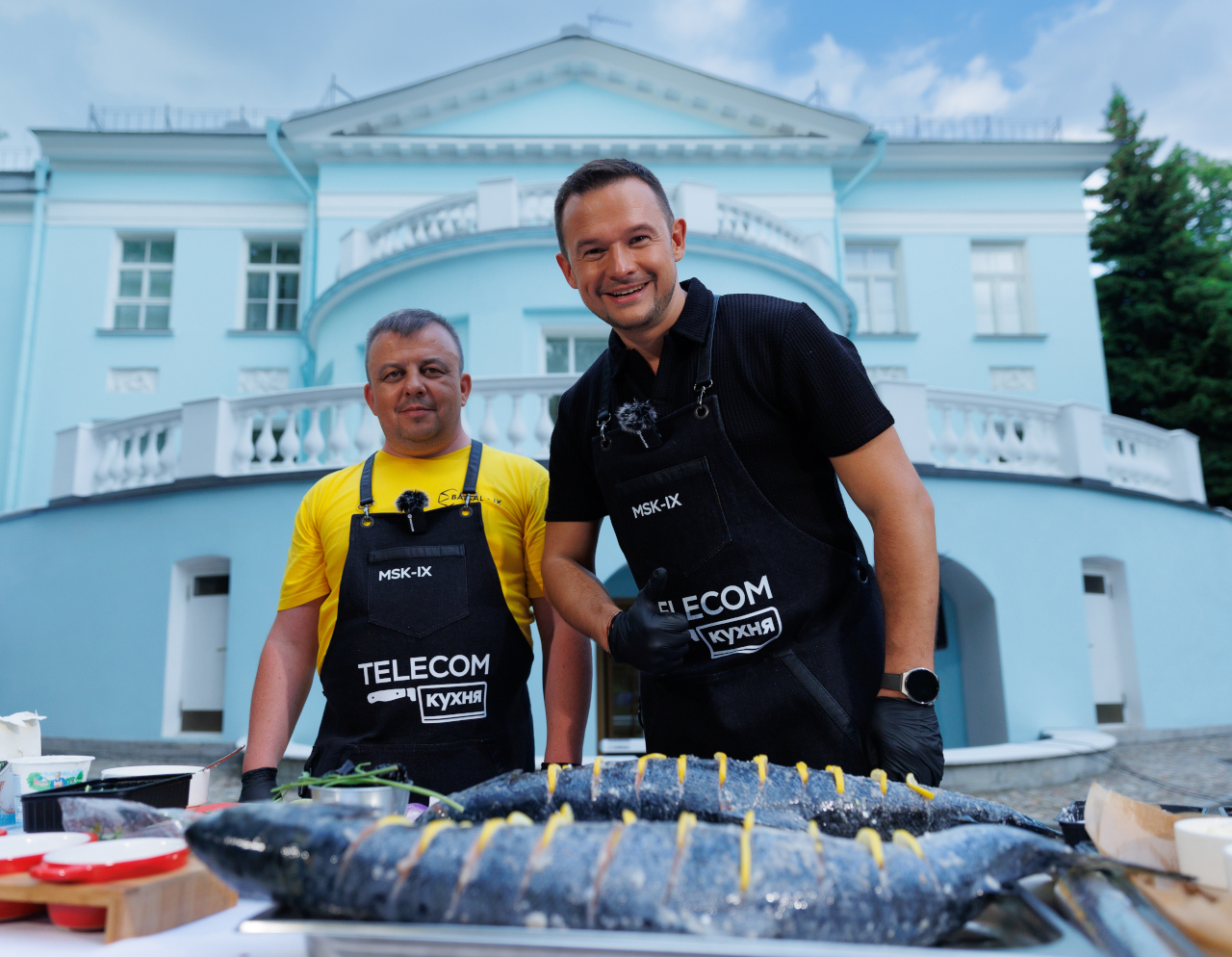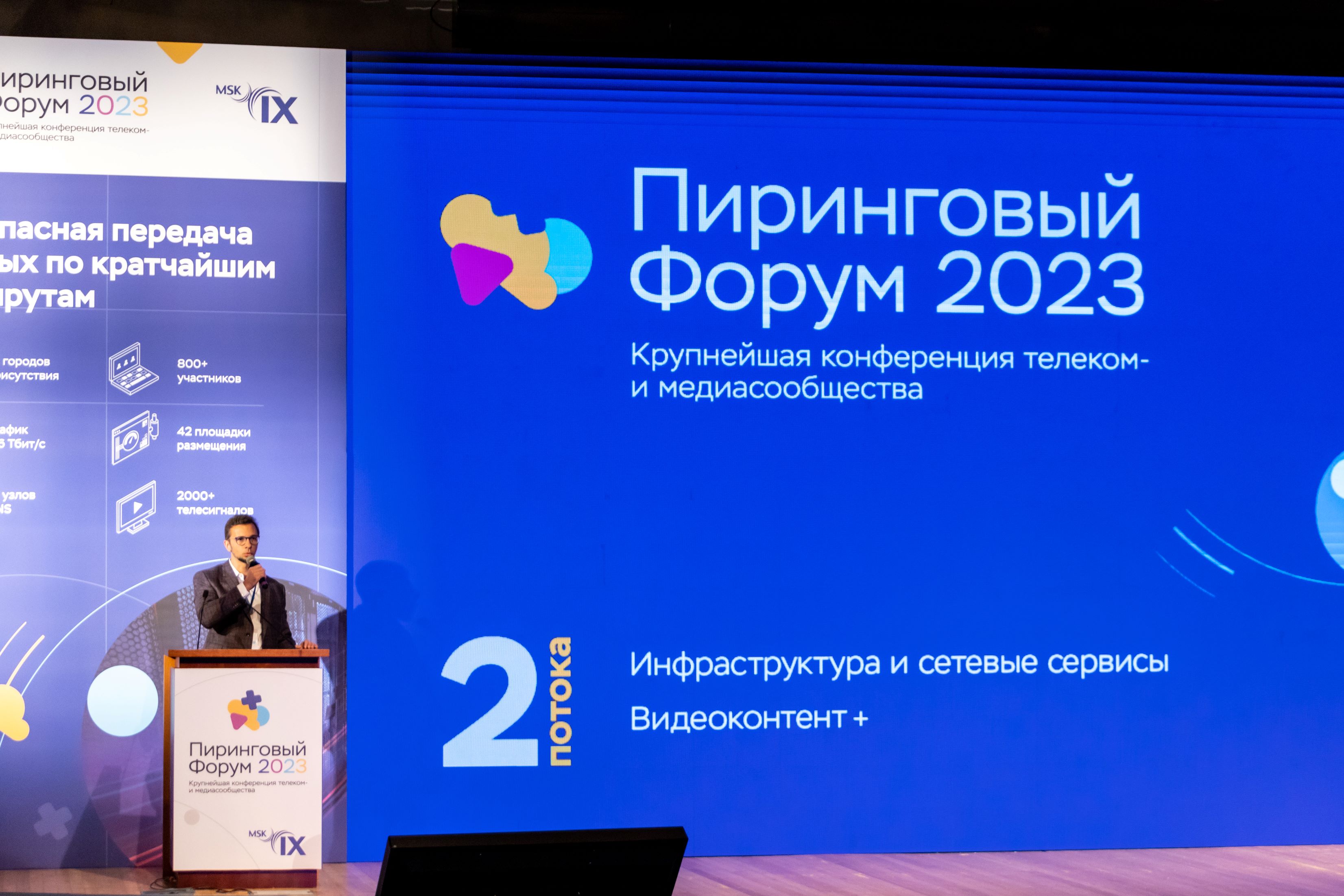Advertising: New growth point for cable operators

On May 22-25, Sochi hosted the KROS-2024 international conference for telecom, IT and media market professionals. Organized by NAG, the event gathers more than 900 participants from Russia, the CIS and other countries every year.
In his presentation, Director of a joint project carried out by MSK-IX and Synterra Media, Grigory Kuzin, outlined the main trends on the Russian and global media markets, and presented a solution that can help domestic cable TV operators benefit from these trends.
He reminded the audience that after the largest Hollywood studios left the Russian market, Russian online cinema catalogs lost much of the foreign content they used to offer to their subscribers. While some of them managed to fully offset this loss by producing their own films and TV series, as well as purchasing Turkish, Korean and Chinese titles, there were still service providers left with trimmed down libraries.
The next trend is that the state has tightened regulations in this sector. Today, six major laws govern content distribution, and any failure to comply with them is severely reprimanded. For example, there are constant reports on large fines for TV channels and streaming services for non-compliance with age labeling requirements.
Media companies’ focus on information security is another trend. Previously, the broadcasters placed much greater emphasis on anti-piracy protection, while keeping conventional information security on the back burner. For example, this sector used to spend eight time less on information security compared to the banking sector. Over the past two years, the situation has changed, as new threats and real incidents emerged going as far as compromising satellites for replacing content. As a result, large broadcasters have started paying more attention to the methods they use for delivering television signals to operators, giving preference to the most reliable ones. For better safety, operators are now trying to reserve channels receiving television signals as much as possible.
As a result, there was a boom of terrestrial TV channel delivery connections in June 2023. If this trend continues, terrestrial delivery will catch up with satellite delivery in terms of operator coverage in two or three years.
Grigory Kuzin thinks that the most interesting trend is a global, rather than a uniquely Russian, phenomenon. It is about reviving the advertising model for providing content by streaming video services. There are two vectors: FAST TV (free streaming TV channels with built-in advertising) and advertising-supported subscription model (AVOD).
According to a study conducted by Samsung, 75 percent of viewers prefer using a free service with advertising rather than a paid one without advertising, and 40 percent of US households have already switched to platforms that provide content for free or significantly cheaper when viewing advertising.
“I believe that this spike in popularity of advertising services happened because viewers changed their attitude towards ads. The change took place thanks to video services adding personalized ad targeting tools. That is, men no longer have to watch diaper ads, and women are no longer exposed to advertisements for male enhancement products. Everyone sees targeted advertising that is interesting to them or at least does not irritate them,” Grigory Kuzin explained.
For example, Netflix, which has been using a subscription model (SVOD) for many years since its launch, has recently introduced a hybrid model, when subscribers can choose a cheaper plan, which includes advertising. This happened when the market reached saturation and Netflix faced the risk of subscriber outflow. The Russian market is about to reach this stage in its development too. Switching to a hybrid model has become a new growth point for this video service, helping it retain subscribers, as well as increase revenue.
This approach can also work for Russian operators. Grigory Kuzin presented a three-point roadmap for this transition. First, an operator platform has to create an advertising inventory: places where you can display advertising. These can include videos at the beginning of content items, displaying advertising when viewing is paused, or a decision to replace content within a TV channel’s advertising block, like federal broadcasters have been doing for regional inserts for a long time. There are also blocks that allow operators to show advertising in the corner or at the bottom of the screen without interfering with the content playback.
The second step is to find a partner among companies that provide ready-made solutions for integrating advertising engines. At the same time, operators must be prepared to disclose data about one’s audience without violating the law on the protection of personal data.
Third, it is necessary to reach an agreement with copyright holders before implementing this project. One option is to implement ad insertion technology on your side as part of an income sharing arrangement with the copyright holder. A thematic channel may also offer its advertisers additional inventory on the operator’s platform.
Operators can also increase their income by creating their own thematic FAST TV channels using content already available in their catalogue.
“Operators don’t have to be afraid of trying something new, because the Russian market already has solutions that can help build the entire chain for implementing these solutions,” Grigory Kuzin said.
For example, there is a ready solution from GetShop.TV designed to insert ads on the operator’s side. There is also a new distributor, Senseof.Media, specializing in providing a catalog of about 500 foreign titles, from which the operator can assemble its own VOD service or FAST channel. The MSK-IX’s Mediabase project is a B2B content marketplace where operators can select both downloadable VOD content and entire TV channels, immediately organize their delivery, transcoding, and translation. Synterra Media provides a specialized outsourcing solution for media companies, which is designed to ensure information security and compliance with Russian legislation in order to avoid problems with hackers and claims from the Russian Federal Service for Supervision of Communications, Information Technology, and Mass Media (Roskomnadzor).
“Operators can increase their effectiveness if they do not just launch new services but create them as part of a single ecosystem, which means access with a single ID, through a single subscription and using a single interface,” Grigory Kuzin pointed out to conclude his presentation.






